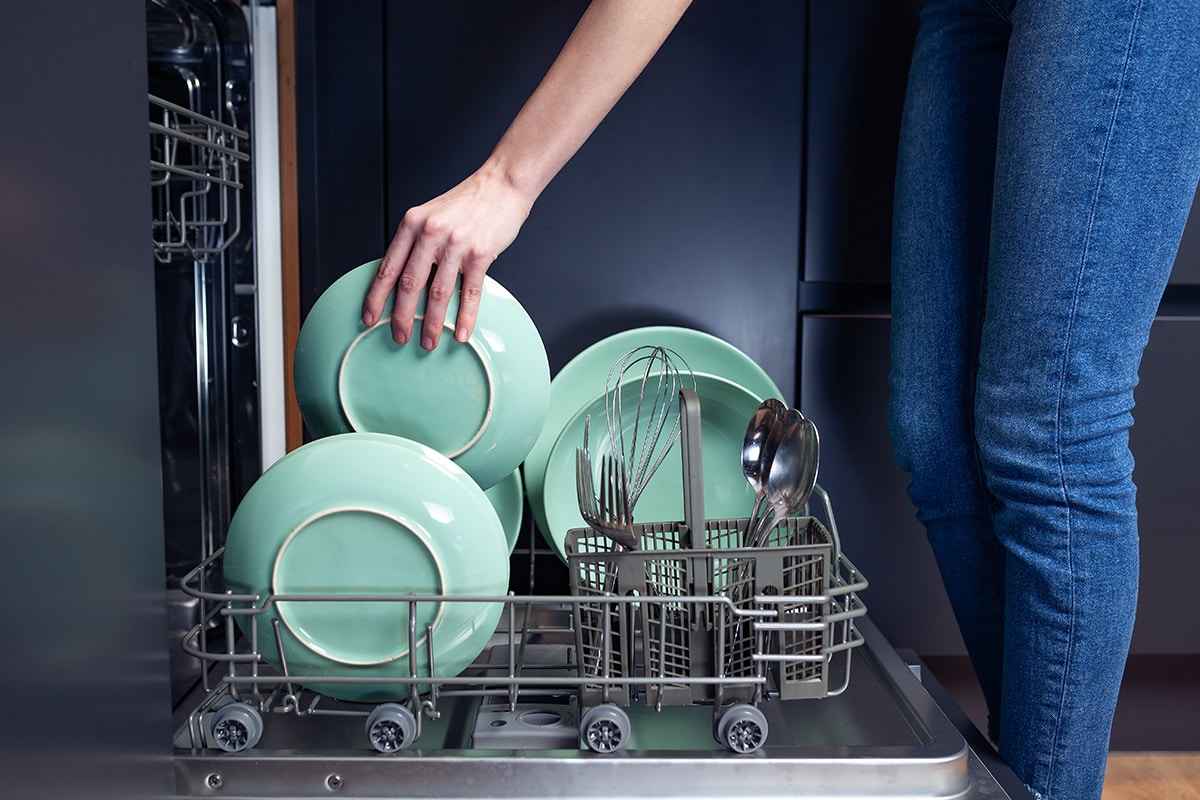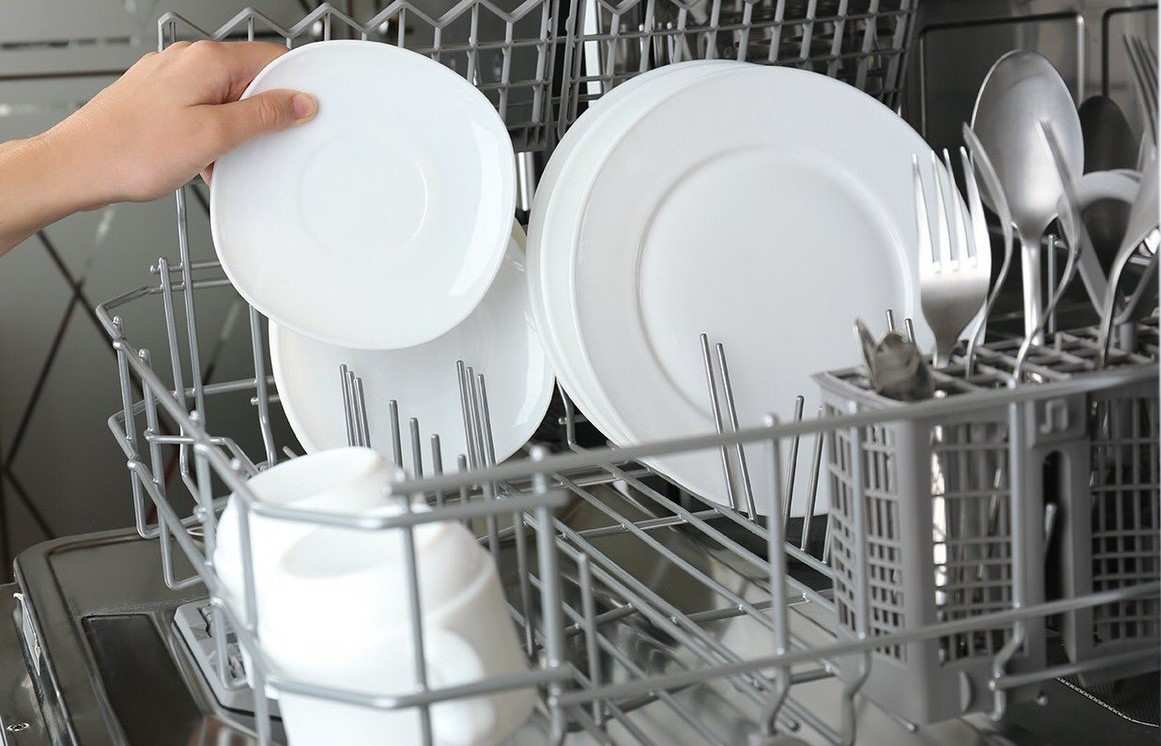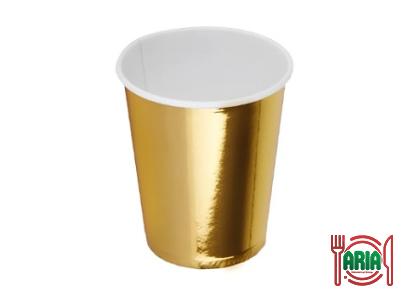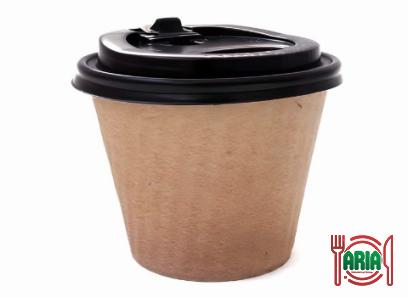However, even though plastic plates that can be cleaned in the dishwasher should be used to produce outdoor plates and cutlery, baby bottles, plastic chopping boards, and acrylic glasses, some precautions are still required while cleaning these products.
Plastic, regardless of how long-lasting it may be, is nevertheless susceptible to harm when subjected to temperatures that are too high for it to withstand.
It would be quite useful to acquire knowledge regarding the many varieties of plastic dinnerware that may be washed in the dishwasher.
Imagine for a moment that you have settled on the idea of organizing a picnic. You make the conscious decision to pack your lunch in plastic containers since you are aware that these lunches are more likely to remain intact when eaten outside.

At the appropriate moment, you turn around and make your way back to your home. When a person is already weary, the thought of cleaning the dishes is not typically the first thing that comes to their mind as a possible thing to accomplish.
But someone must do it, and in your home, there is something that can do it: the dishwasher. Nevertheless, someone needs to do it. Whoever or whatever ends up doing, it must get done.
The first thing you do is load the dishes into the dishwasher, and then after that, you go for a swim and take some time to relax. You conclude that something is not quite right after you have completed washing the dishes and given them a careful look.
The plastic dishes have developed a twisted shape and are currently unusable as a result.
If something like this has already happened to you and you want to lessen the possibility of it occurring to you again in the future, you need to read this post as soon as possible.
There is a wide selection of heavy-duty plastic cutlery, plates, bowls, containers, and utensils that can be purchased on the market today. These products are safe for use in the dishwasher and can easily withstand the heat that is produced by the dishwasher.
However, there are also several lighter-weight plastic plates, bowls, and cutlery that advertise they are “dishwasher safe.”
However, it is highly unlikely that these items will be able to withstand the heat generated by your dishwasher. Among these plastic objects with a lower overall weight are:
There are a few essential factors to consider when filling the dishwasher and selecting what should go inside and what should remain outside. These factors are listed in the following paragraphs for your reference.
Containers constructed of plastic with thin walls, such as those used for yogurt, cream cheese, and peanut butter, will crack when put through the rigors of a dishwasher, which generates heat and contains cleaning agents.

The container will not fare well in the dishwasher if it is unable to maintain its shape when placed in hot water or when heated in the microwave. Do not go into these, thank you very much!
Plastic dishes should be placed on the top rack with their bottoms facing down to reduce the amount of heat that meets them and to prevent the force of the water from turning the containers upside down while the cycle is running.
Any larger containers that cannot be placed on the top rack of the dishwasher should be washed by hand instead.
It is best to avoid having something that is too huge to cover another that is too small. It is best to avoid stacking goods because they cannot be effectively cleaned if they are packed too closely together.
Before adding foods like tomato sauce to containers, first, treat the containers and their lids with a cooking spray that prevents sticking and minimizes stains by spraying them with the cooking spray.
Because of this, food will not become adhered to the containers, and the containers will not become discolored as a result. t is not your imagination. In addition, the dishwasher you have is not on the edge of malfunctioning.
Except for one thing, modern dishwashers are very effective at drying the contents of the machine once the cycle has finished, but plastic is one of the materials that cannot be dried.
Even though there are records of people using hand-powered dishwashers as early as the middle of the 19th century, the dishwasher did not undergo its full resurrection until after World War Two.
This took place first in public kitchens and then in private houses, coinciding with the rise of standardized kitchen cabinetry and countertops in both settings. After the turn of the century, prices dropped significantly, and they became significantly more widespread.
However, additional factors, such as the use of plastic utensils and food containers, also had a role in the development of the issue.

Since that time, emptying a dishwasher has always needed dealing with plastic containers that spill liquid, whatever how hot the temperature of the dishwasher may have been.
This is the case regardless of whether the dishwasher was running. Because of this challenge, producers of dishwashers have been scratching their heads for decades.
You may at least pin some of the responsibility on traditional thermodynamics, which has been there for a long time.
Plastic cookware in general is not as dense as China or metal utensils; as a result, it loses heat far more quickly than crockery or metal utensils.
According to Roger Kemp, a fellow of the Royal Academy of Engineering and an emeritus professor of engineering at the University of Lancaster, “Plastic plates and cutlery are significantly lighter than ceramic or stainless-steel items and the specific heat capacity is round about the same, so there is less stored heat in the plastic.”
Ceramic and stainless-steel items have a higher specific heat capacity than plastic items do.
Evaporation is aided by the heat that is held in the metal or porcelain, which maintains a temperature that is somewhat higher than that of the air in the surrounding area. This causes a temperature difference between the two that helps the evaporation process forward.
Both dishwashing machines and plastic bottles and containers that can be reused offer a wonderful degree of ease.
It’s possible that you’re curious about whether you can make use of both at the same time, such as by cleaning your plastic containers in the dishwasher. The answer to your query is yes, at least most of the time, if you take a few precautions that make sense.
Keep reading to learn more about the varieties of plastic that can be washed in the dishwasher without posing a threat to either your health or the utensils made of plastic, as well as the preventative measures you can take to lower the risk that your plastic utensils or your own body will be harmed. “To sum it up in a single word: plastics.”
Plastic was unquestionably the material of the future, although the character that Dustin Hoffman played in “The Graduate” may have had an internal revolt at the whole thought of plastic being the material of the future.

It doesn’t matter if you like the product or not; you just can’t get away from it since it’s so pervasive in the world.
You also won’t be able to dodge the conversation on the most effective approach to clean it. Simply ask a few people how they clean the plastic in their homes, and then get ready for a wild ride through a variety of diverse points of view.
This method does not remove stains effectively at all, even when I use the washing. Or, what’s even worse, it doesn’t dry the plastic items, which means that the dishwasher is left so dripping wet and mushy that I must open the door so that everything can dry in the air.
Why is it so difficult to dry plastic after wiping it down? Because our eyes deceive us.
According to Carolyn Forte, who oversees the home care and cleaning products lab as well as the textiles, paper, and plastics lab at the Good Housekeeping Institute, “you’ll see that the surface of the plastic is actually pretty rough under a microscope.”
Under a microscope, you can see that the surface of the plastic is quite rough, even though it may have the appearance of being as smooth as glass.
Not only does food like spaghetti sauce stick to plastic, but also water does not sluice off it as well as it does from China or glass in the dishwasher. This makes it more likely that food will become stuck to plastic.
To sum it up in a single word: plastics.” Plastic was undoubtedly the material of the future, even though the character played by Dustin Hoffman in “The Graduate” may have had an internal revolt at the very idea.
Whether you like it or not, you just can’t avoid the product because it’s everywhere. You also can’t avoid the discussion regarding the best way to clean it.
Simply ask a few folks how they clean the plastic in their homes, and then prepare yourself for a crazy journey of different perspectives.




